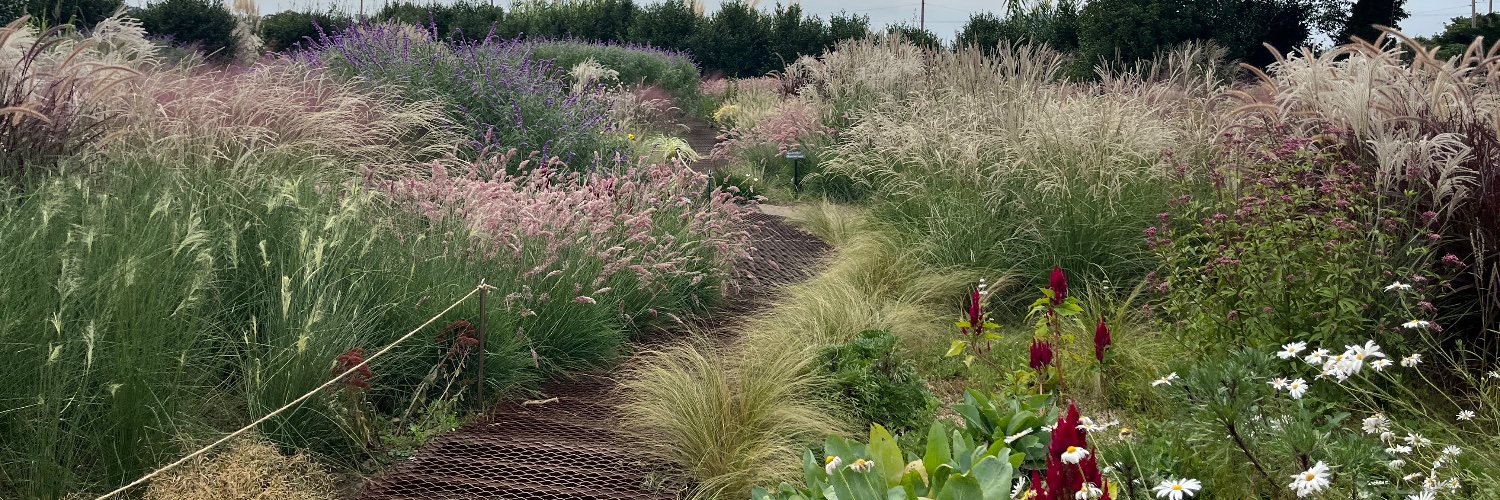
Nicole DelRosso
@nicole_delrosso
Sandler Fellow @UCSF | PhD @Stanford Biophysics | Curious about the principles that turn genes on and off
The DelRosso Lab is starting @UCSF 1/2025 and is seeking applicants for a research postbac! We will be developing cutting edge high-throughput approaches to study the relationship between disordered protein interactions and transcription in human cells🔎 aprecruit.ucsf.edu/JPF05341
Our work using thermodynamic principles to link in vitro TF affinities and kinetics to single-molecule chromatin states in cells is now on bioRxiv! Amazing effort by first author @juliaschaepe in @WJGreenleaf lab: biorxiv.org/content/10.110… @Stanford @scilifelab @Stockholm_Uni [1/9]
Do human RNA-binding proteins have modular regulatory domains that downregulate RNA lifetimes? Our preprint @BintuLab studying this question is now out on bioRxiv, where we indeed identify small domains in RBPs that potently induce RNA degradation! biorxiv.org/content/10.110… (1/9)
Excited to share new work from @GarrettGinell in which we present an approach for predicting intermolecular interaction driven by disordered regions. We focus on how chemical complementarity can contribute to and even dictate intermolecular interactions biorxiv.org/cgi/content/sh…
Do you really need to spread plasmid libraries on mountains of plates to get uniform growth, or can you just dump them in a flask and call it a day? We make huge plasmid libraries in the de Boer Lab, so we tested whether culture method really matters. 1/ biorxiv.org/content/10.110…
Great continuation of Uri Alon’s “How to choose a good scientific problem”
How to pick a problem. Today in @CellCellPress. 1/53 cell.com/cell/fulltext/…
📜 Happy to share our recent preprint featuring ORFtag - a versatile, easy and cost-effective method for probing protein function at a proteome scale. This work is the result of a collaborative effort by the @stark_lab, @AmeresSL, @EllingUlrich and @juliusbrennecke labs. 1/2
Wonderfully written review. I think we will come up with better functional classes of effector domains once we can comprehensively map all the cofactor interactions
Good news! Our review article, "Commonly asked questions about transcriptional activation domains" is live! Thank you @sbarolo for inspiring the format. authors.elsevier.com/sd/article/S09…
Check out Renee’s pre-print 📄❗️ especially fig 6. Lots of surprising design principles that could be used towards engineering TF specificity.
What makes some proteins selective — binding preferred ligands more than chemically similar ligands — & others promiscuous? @reneeeeeeeh and @arjunine tackle this for transcription factors (TFs) binding DNA in a preprint (1/6): biorxiv.org/content/10.110… @Stanford_ChEMH @czbiohub
Our paper describing TCIP1 is out, with some notable additions, including an examination of transcription elongation, and an insightful perspective by Jim Phelan and Lou Staudt on what this new modality could do in lymphoma. nature.com/articles/d4158… nature.com/articles/s4158…
Check out our preprint on design and application of Transcriptional/Epigenetic Chemical Inducers of Proximity (TCIPs), to rewire cancer drivers and activate apoptosis. doi.org/10.1101/2022.1… The concept was to hijack a cancer driver, and reroute it to activate cell death.
Everyone needs to at least glance at figure 2 of this amazing paper 🌟😍 P300’s C-terminal domain (where the very interesting TAZ2 domain is within) binds chromatin more than the catalytic core alone. Really fundamental stuff for gene regulation.
Chromatin binding capacity has been ascribed to nearly every domain of p300 at some time or other—but which is it? How does this disordered mess of a protein know where to go? We at @TjianDarzacq think we may have figured it out, at least in part.👇 biorxiv.org/content/10.110…